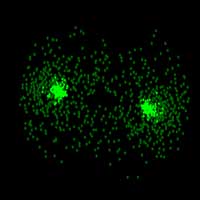 Using simulated silicon 'neurons', scientists found that energy constraints on a system, coupled with the intrinsic property neurons have to move to the lowest-energy configuration, leads to a dynamic, at-a-distance communication protocol that is both more robust and more energy-efficient than traditional computer processors.
Using simulated silicon 'neurons', scientists found that energy constraints on a system, coupled with the intrinsic property neurons have to move to the lowest-energy configuration, leads to a dynamic, at-a-distance communication protocol that is both more robust and more energy-efficient than traditional computer processors.
Friday, June 5, 2020
Silicon 'neurons' may add a new dimension to computer processors
 Using simulated silicon 'neurons', scientists found that energy constraints on a system, coupled with the intrinsic property neurons have to move to the lowest-energy configuration, leads to a dynamic, at-a-distance communication protocol that is both more robust and more energy-efficient than traditional computer processors.
Using simulated silicon 'neurons', scientists found that energy constraints on a system, coupled with the intrinsic property neurons have to move to the lowest-energy configuration, leads to a dynamic, at-a-distance communication protocol that is both more robust and more energy-efficient than traditional computer processors.
Physicists create quantum-inspired optical sensor
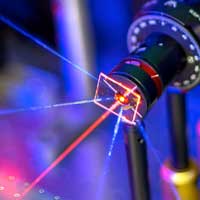 Researchers have implemented an advanced quantum algorithm for measuring physical quantities using simple optical tools. This study takes us a step closer to affordable linear optics-based sensors with high performance characteristics. Such tools are sought after in diverse research fields, from astronomy to biology.
Researchers have implemented an advanced quantum algorithm for measuring physical quantities using simple optical tools. This study takes us a step closer to affordable linear optics-based sensors with high performance characteristics. Such tools are sought after in diverse research fields, from astronomy to biology.
'Whispering gallery' effect controls electron beams with light
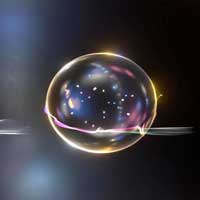 When you speak softly in one of the galleries of St Paul's cathedral, the sound runs so easily around the dome that visitors anywhere on its circumference can hear it. This striking phenomenon has been termed the 'whispering gallery' effect, and variants of it appear in many scenarios where a wave can travel nearly perfectly around a structure.
When you speak softly in one of the galleries of St Paul's cathedral, the sound runs so easily around the dome that visitors anywhere on its circumference can hear it. This striking phenomenon has been termed the 'whispering gallery' effect, and variants of it appear in many scenarios where a wave can travel nearly perfectly around a structure.
Scientists iron out the physics of wrinkling
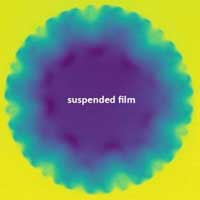 Scientists have shown how wrinkles can be increased or reduced by altering the curvature at the edge of a material.
Scientists have shown how wrinkles can be increased or reduced by altering the curvature at the edge of a material.
Researchers experimentally prove flat mirror ability to focus light
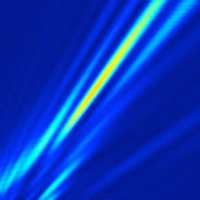 Physical properties of the effect and simplicity of its reproduction make it promising for application in microelectronics, photonics, and the on a chip systems, where a single microcircuit functions as an entire device.
Physical properties of the effect and simplicity of its reproduction make it promising for application in microelectronics, photonics, and the on a chip systems, where a single microcircuit functions as an entire device.
Subscribe to:
Comments (Atom)
